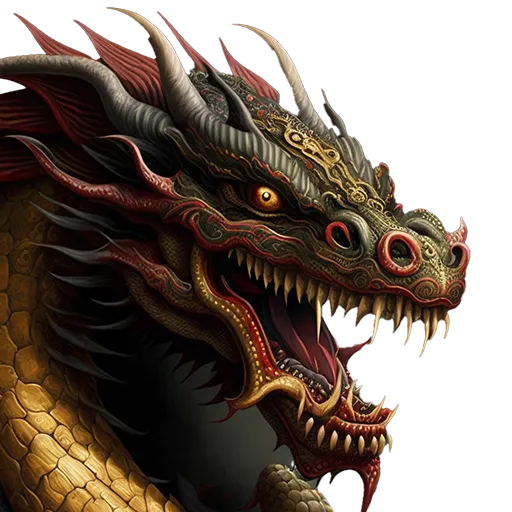Taiji Quan: Four Key Words for Beginners
The art of Taiji Quan is intricate and sublime. Practice is governed by many principles, which for a beginner can be overwhelming. Having a place to start from, where you can build your foundation and increase your understanding will help keep you interested in Taiji practice. Following are Four Key Words that will build your confidence and help guide your practice. These are Màn, Shū, Yuán and Lián, and will be explained in detail below.
The first Key Word is Màn (慢), which means slow, and refers to physical movements and the movements of the mind. For beginners this can be difficult and will require patience to become at ease.
The word Shū (舒) as applied in Taiji means smooth or make even. I usually use the word “even” when referring to Taiji movements. This implies that the movements should be performed at the same speed.
Yuán (圓) or circular is emblematic of the whole of Taiji Quan. Every movement contains arcs and circles, and you must strive to soften edges such as your elbow joints. Circular actions are infinite and add gracefulness to your Taiji movements.
Just as important is Lián (連), which means continuous. Your movements must be linked together and flow like the waters of a gentle stream with no gaps between one action and the next.
First slow down; then make your movements even; make every action circular and make your movements continuous. Slow and even, circular and continuous.
I use Màn, Shū, Yuán and Lián repeatedly in guiding my students’ Taiji lessons. And I prefer to use the Mandarin Chinese as the sounds are more conducive to the action to which they apply. Be mindful of these words during your solo practice and you will start developing a base for integrating more advanced concepts.
